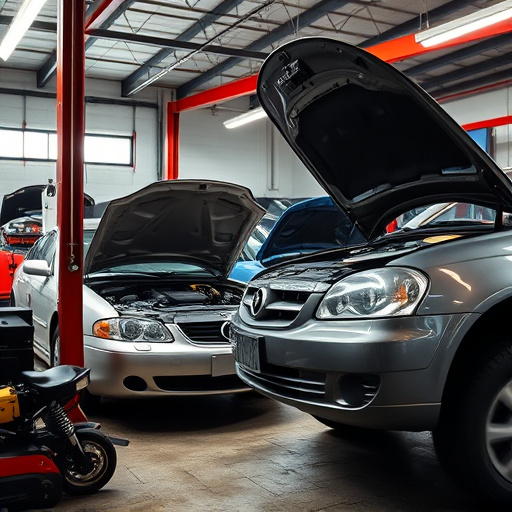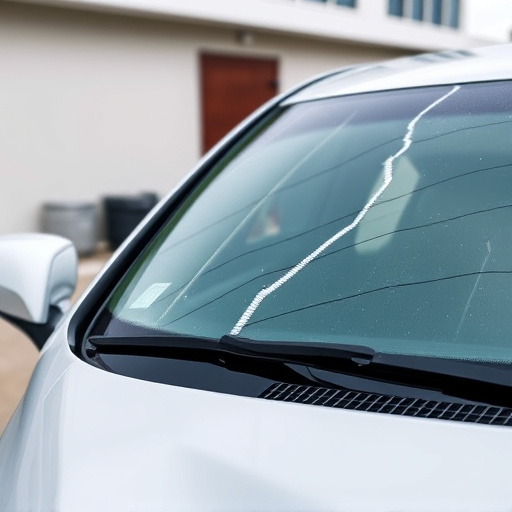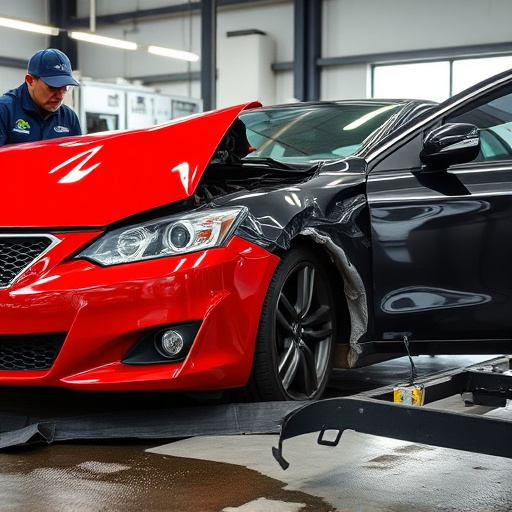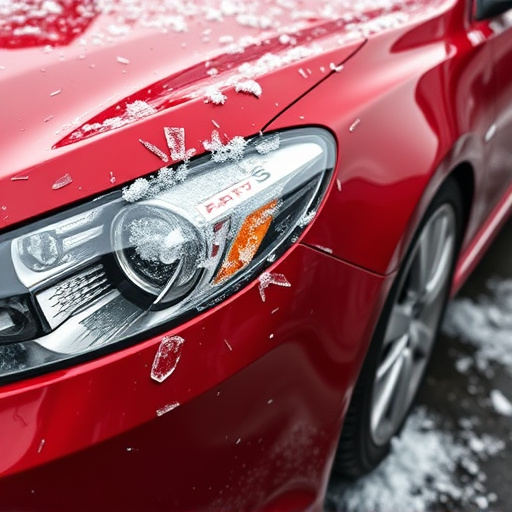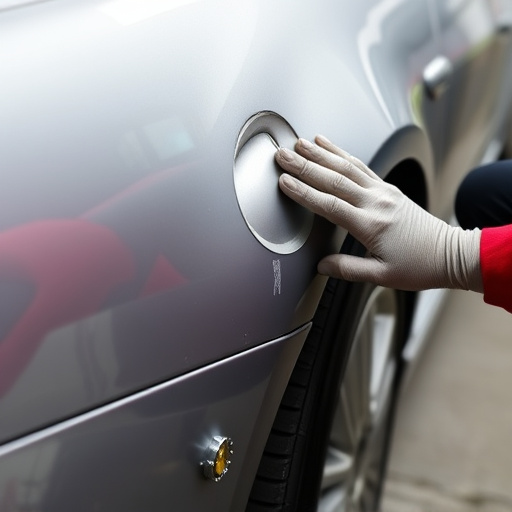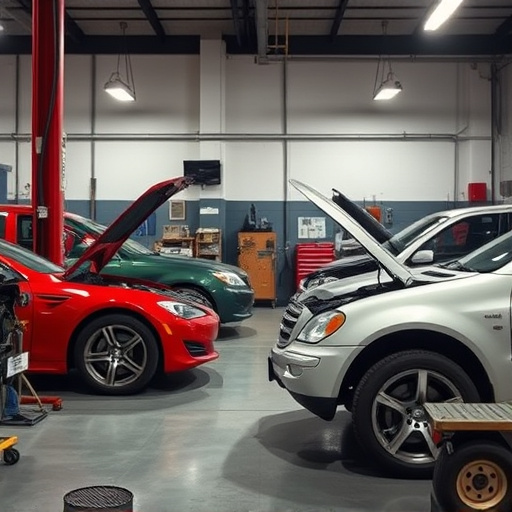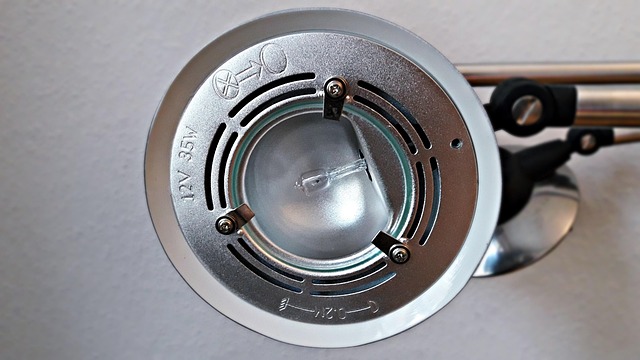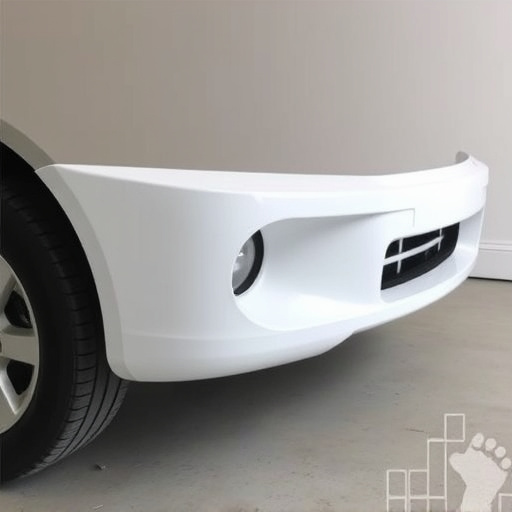Aftermarket auto glass offers cost savings and customization options for vehicle owners, with high-quality brands providing quality without compromising on style or features. It is readily available for quick installation at specialized shops. Choosing the right type, ensuring proper fitment through precise measurement and alignment, and regular inspections are crucial for safety and optimal performance.
Aftermarket auto glass has become an essential component of modern vehicle customization. For beginners looking to enhance their car’s aesthetics or safety, this comprehensive guide is your starting point. We’ll explore the fundamentals and advantages of switching to aftermarket glass. Learn about various types, ensuring the perfect fit for your ride. Discover practical installation tips for a seamless and secure upgrade, all while prioritizing safety.
- Understanding Aftermarket Auto Glass: Basics and Benefits
- Choosing the Right Glass: Types and Compatibility
- Installation Process: Tips for a Seamless Fit and Safety
Understanding Aftermarket Auto Glass: Basics and Benefits

Aftermarket auto glass refers to replacement car windows sourced from manufacturers other than the original equipment manufacturer (OEM). It’s a growing industry that offers numerous benefits for both vehicle owners and auto repair shops. By choosing aftermarket glass, drivers can expect cost savings compared to OEM parts, often with similar or superior quality. This is especially appealing when dealing with high-quality brands dedicated to auto glass manufacturing.
Beyond affordability, aftermarket auto glass provides flexibility in terms of style, finish, and features. While some may prioritize the stock look, others opt for more stylish options like tinted glass or specialized coatings for enhanced privacy and UV protection. Moreover, these products are readily available, allowing quick installation at reputable auto repair shops specializing in auto body repairs and auto painting services, ensuring a seamless and efficient process for car owners.
Choosing the Right Glass: Types and Compatibility
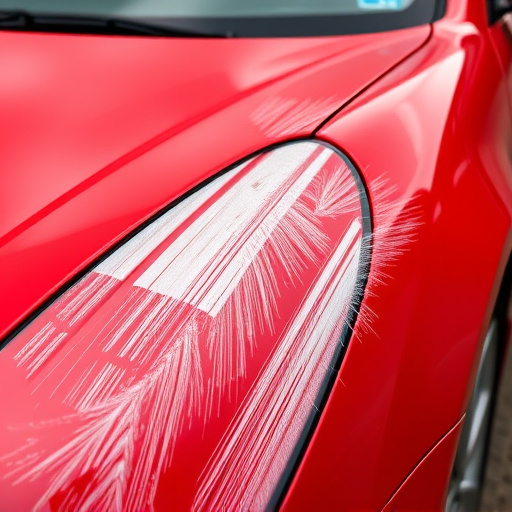
Choosing the right aftermarket auto glass is a crucial step in any repair or replacement process. It’s essential to understand that not all glass is created equal; different types offer varying levels of quality, durability, and safety features. For instance, tempered glass, a popular choice for windshields due to its strength and ability to fragment into small, non-harmful pieces in case of breakage, differs significantly from laminated glass, which provides superior sound insulation and impact resistance.
When considering aftermarket auto glass, compatibility is key. You’ll want to ensure that the glass you select fits your vehicle’s make, model, and year precisely. This involves checking the specific dimensions, shape, and design of the original glass, as well as any unique features or curves on your car’s body. Many reputable auto repair shops offer expert advice on choosing the right glass for your needs, especially when dealing with dent removal or hail damage repair, ensuring a seamless fit and optimal performance.
Installation Process: Tips for a Seamless Fit and Safety

The installation process for aftermarket auto glass is a critical step to ensure both optimal performance and safety. Unlike factory-fitted glass, which is tailored to specific vehicle models, aftermarket glass comes in various shapes and sizes, making precise measurement and alignment crucial. Before installing, double-check that you have the correct glass for your vehicle, as using the wrong size or shape can lead to a poor fit and potential safety hazards.
For a seamless fit, clean the existing window frame thoroughly and ensure all debris is removed. Use high-quality sealants recommended for auto glass to create a strong bond between the new glass and the car’s structure. Proper alignment is key; misalignment can affect driving visibility and the glass’ structural integrity. Many auto repair shops offer expert installation services, ensuring a secure fit that meets safety standards, particularly when replacing cracked or damaged glass. Regularly inspect your vehicle’s windows for any signs of wear or damage to maintain optimal performance from your aftermarket auto glass.
Aftermarket auto glass offers a cost-effective and high-quality alternative to original equipment. By understanding the basics, choosing the right type for your vehicle, and following proper installation practices, you can enhance your car’s safety and aesthetics. This beginner’s guide has provided essential insights into navigating the world of aftermarket auto glass, empowering you to make informed decisions and ensure a seamless fit.


